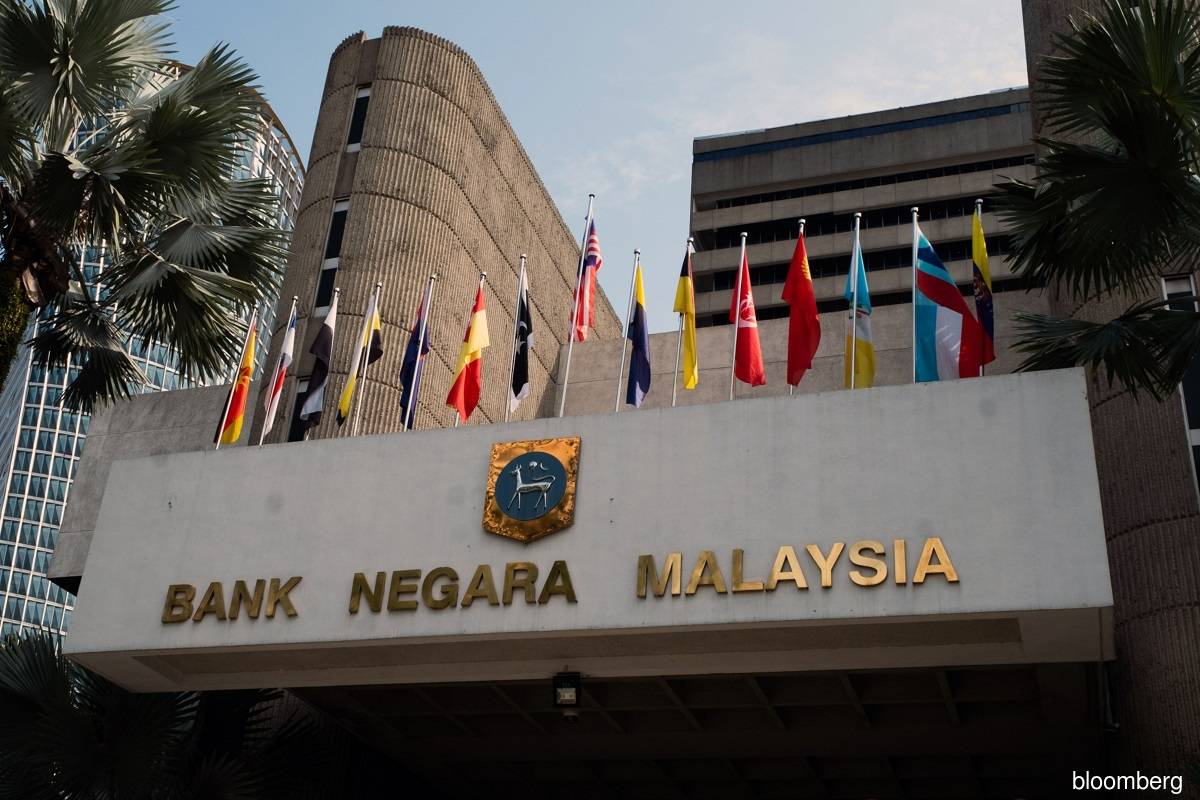BANK Negara Malaysia’s (BNM) latest move to hike its overnight policy rate (OPR) for the second time this year to 2.25% could cushion the ringgit’s weakness to date (-6.0% year-to-date) while further reducing further capital outflows from the country.
In stating that this is within its forecast and that of consensus, TA Securities Research said foreign investors have turned to be a net seller in Malaysian equities with a net outflow of RM1.3 bil in June 2022, the first month of outflow this year which trimmed their net inflow to RM6 bil from RM7.3 bil in 5M 2022.
“On top of that, for the period of July 1to 5, Malaysian equities recorded a net outflow of RM79.2 mil,” economists Shazma Juliana Abu Bakar and Farid Burhanuddin pointed out in an economic update.
“We expect that there will be one more OPR adjustment this year with the next earliest increase to be announced in September MPC meeting which will bring the OPR to 2.50%. That is still below its pre-pandemic rate of 3.00%.”
Yesterday (July 6), Bank Negara Malaysia (BNM) raised its overnight policy rate (OPR) by 25 basis point (bps) to 2.25% in its fourth Monetary Policy Committee (MPC) meeting this year.
Cumulatively, the central bank has raised the OPR by 50bps this year. The ceiling and floor rates of the corridor of the OPR are correspondingly increased to 2.50% and 2.00% respectively.
According to TA Securities Research’s projection, personal expenditure growth is expected to slow in 2H 2022 in anticipation of one more 25bps OPR hike which would add up to a total increase of 75 basis points in 2022 after taking into account the 25bps hike each in May and July.
“Regardless of the gradual rate increase, it will lead to a bigger monthly commitment or an increase in interest payments for consumers,” noted the research house.
“We estimate that a 25bps in interest rates will increase monthly repayment by 3.3%. As a result, the cumulative 75bps increase this year would translate into a circa 10% increase in monthly mortgage repayment which we believe would be a significant burden for Malaysian households which are still recuperating from the devastating effects of the COVID-19 outbreak.”
According to Hong Leong Investment Bank (HLIB) Research, the last notable OPR upcycle happened in 2010 (coming out of the Global Financial Crisis) where rates were raised by +75bps that year (from 2.00% to 2.75%).
“Despite the rate upcycle, the FBM KLCI gained +19.3% that year, spearheaded by the index heavyweight banking sector (KLFIN: +25.4%),” recalled head of research Jeremy Goh and economist Felicia Ling.
For now, HLIB Research deemed the banking sector (“overweight”) is a clear winner from an OPR upcycle as net interest margin (NIM) is expected to widen. It further expects one more OPR hikes in 2H 2022, specifically in September for a total of three hikes of 75bps this year.
“Our banking analyst estimates that every +25bps OPR hike would bump up sector NIM by 5 -6bps and earnings forecast by 4-5% (big gainers are Alliance Bank Malaysia Bhd and Bank Islam Malaysia Bhd while small gainers are Affin Bank Bhd and Public Bank Bhd),” suggested the research house.
“Sectors on the losing end are likely to be REITs (narrowed spread between divvy yields and MGS10) and property (our property analyst estimates that a 25/50/75bps rate hike would increase monthly mortgage instalments by 3.2%/6.5%/9.9%).” – July 7, 2022









